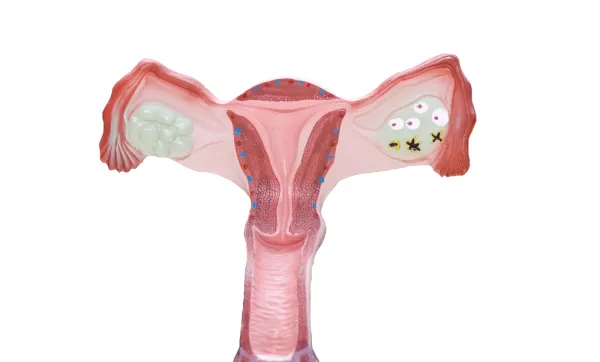Urology Coding Alert
Urogynecology Case Study:
Follow this Roadmap to Capture Correct MMK Pay
Published on Thu Jun 11, 2015

You’ve reached your limit of free articles. Already a subscriber? Log in.
Not a subscriber? Subscribe today to continue reading this article. Plus, you’ll get:
- Simple explanations of current healthcare regulations and payer programs
- Real-world reporting scenarios solved by our expert coders
- Industry news, such as MAC and RAC activities, the OIG Work Plan, and CERT reports
- Instant access to every article ever published in Revenue Cycle Insider
- 6 annual AAPC-approved CEUs
- The latest updates for CPT®, ICD-10-CM, HCPCS Level II, NCCI edits, modifiers, compliance, technology, practice management, and more
Related Articles
Other Articles in this issue of
Urology Coding Alert
- Urogynecology Case Study:
Follow this Roadmap to Capture Correct MMK Pay
Modifier missteps could cost you nearly $800. If your urologist documented that he performed a [...] - Modifiers:
Capture 62.5 Percent With These 3 Modifier 62 Tips
Check the fee schedule to see if you can even use 62 on a code. [...] - ICD-10:
Update Your MMK-Related Diagnoses This Fall
You’ll have an easy transition with these codes. During the Marshall-Marchetti-Krantz (MMK) procedure, the surgeon [...] - Evaluation & Management:
Prepare for E/M Self-Audits By Gathering All the Facts
Review your payer’s comparative billing reports to see where your practice fits. Payer scrutiny of [...] - Reader Questions:
Look Beyond CCI Edits
Question: My physician performed an excision of an infected urachal cyst, and then also a cystorrhaphy. [...] - Reader Questions:
Pinpoint Decision for Surgery DOS
Question: A patient had an office visit (99213) with a 185 diagnosis on Feb. 17. [...] - Reader Questions:
Define Whitmore Cocktail to Find the Code
Question: What code should I report when the urologist administers a “Whitmore cocktail”? Virginia Subscriber [...] - Reader Questions:
Cystoscopy Matters for 50947
Question: Does code 50948 require cystoscopy with stent placement? If the urologist placed a stent without [...] - Reader Questions:
Consult Urologist on Lesion Type
Question: Which code should I report when my urologist documents that he removed a penile lesion? [...] - You Be the Coder:
Next-Day Nephrectomy Completion
Question: The surgeon did a partial nephrectomy, and the day after, it was discovered the kidney [...]
View All




